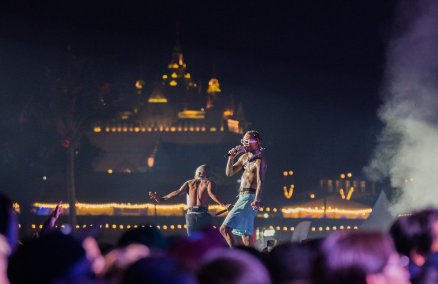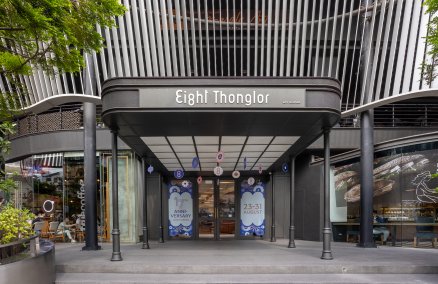How did your group form?
Chancha: It began when I started to look around the city and wonder why Thai people no longer wear our traditional outfits. I see so many people in many countries in Asia wearing their traditional outfits so proudly as part of their daily life. What’s missing from Thai people’s hearts? Why are Thais, who are so patriotic, not expressing it by wearing their unique national dress?
How do you feel about the Ministry of Culture efforts to promote Thai traditional costumes?
Chancha: I don’t want people to see it as a trend or something you should wear in order to get the occasional discount at a shopping mall. Our objective is to invite everyone who wants to wear Thai dress in public to not be afraid and join us.
It has been pointed out in the media that much of Thailand’s population traditionally dressed bare-chested. Why do you ignore this part of our fashion heritage?
Chancha: This is only because the media intend to use bare-chested Thai women to deliver a satirical message to the Ministry of Culture. It was normal for housewives to go bare-chested, indeed, but times have changed and we must consider what’s appropriate for the time we live in. Protecting your private parts is crucial.
What’s your favorite period of Thai dress?
Chancha: I personally like Thai dress from the early Rattanakosin periods—King Rama 1 to 4; 1782-1851—like colorful sa-bai (a form of backless shirt) and na-nang (a typical Thai wrap skirt).
How much do these outfits cost and where do you get them?
Chancha: People often think it’s difficult to buy Thai dress. I bought all the material to make my own dress with a budget of B360. This excludes the accessories like silver necklaces or earrings, of course, but those things are unnecessary. I think simple is best.
What do you hope to achieve with your group?
Chancha: We would like to preserve how our ancestors dressed. The new generation no longer wears jong kraben or sa-bai—these ancient outfits deserve to be maintained.
Naam: Exactly. I want Thai dress to be seen as a normal thing that anyone can wear on any occasion.















